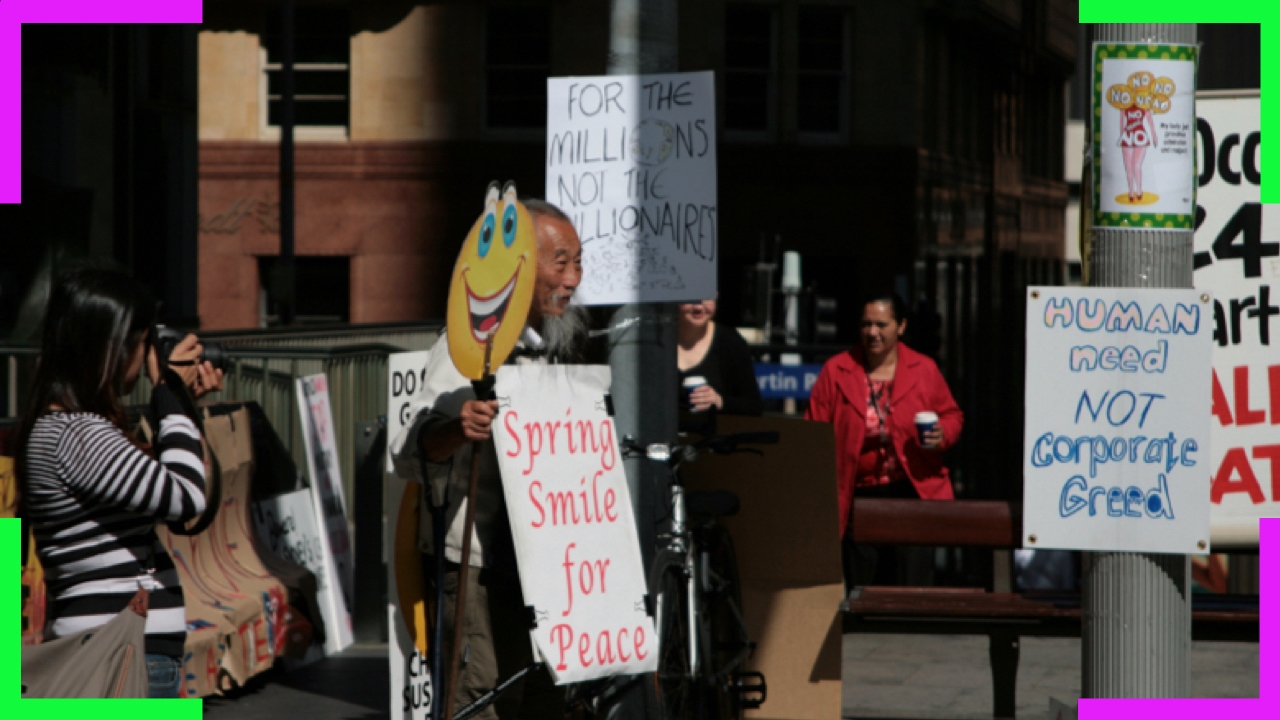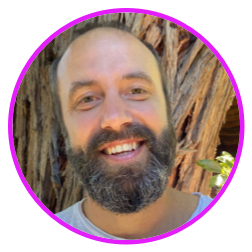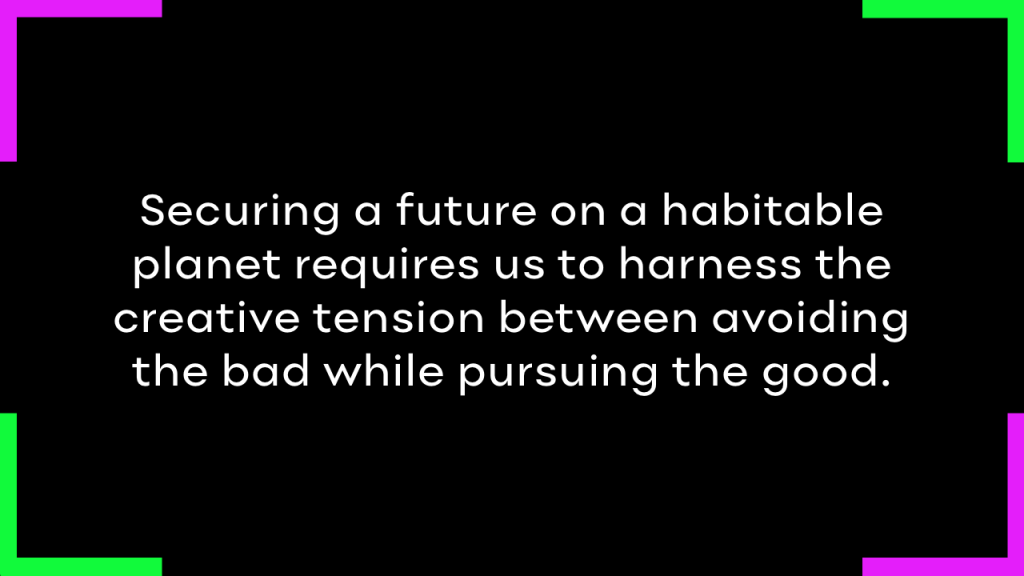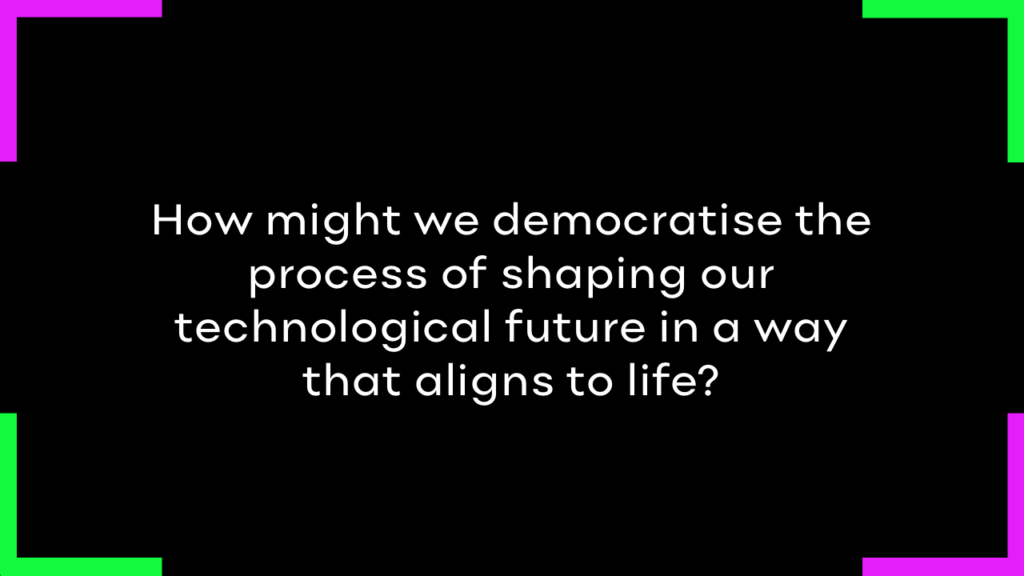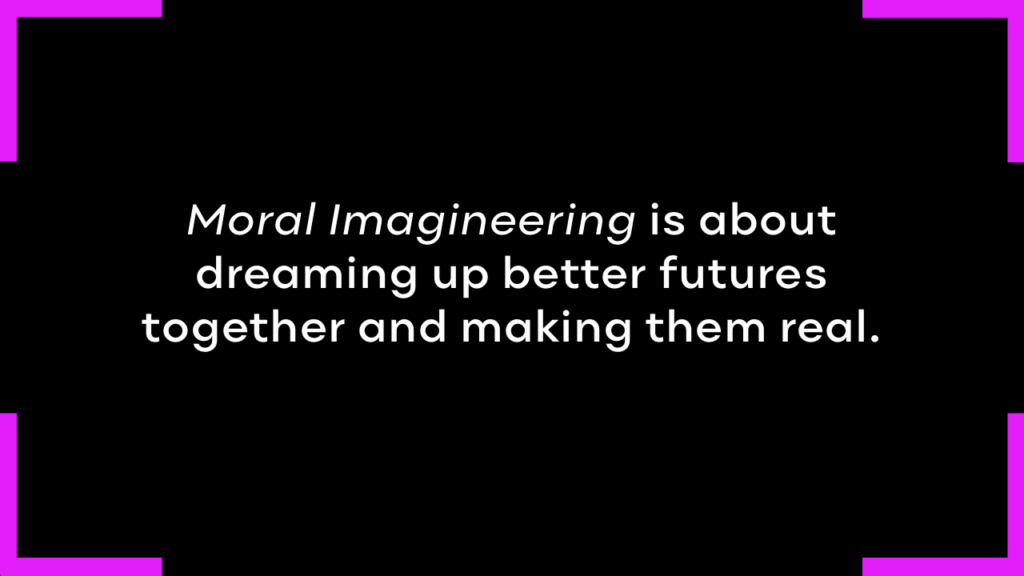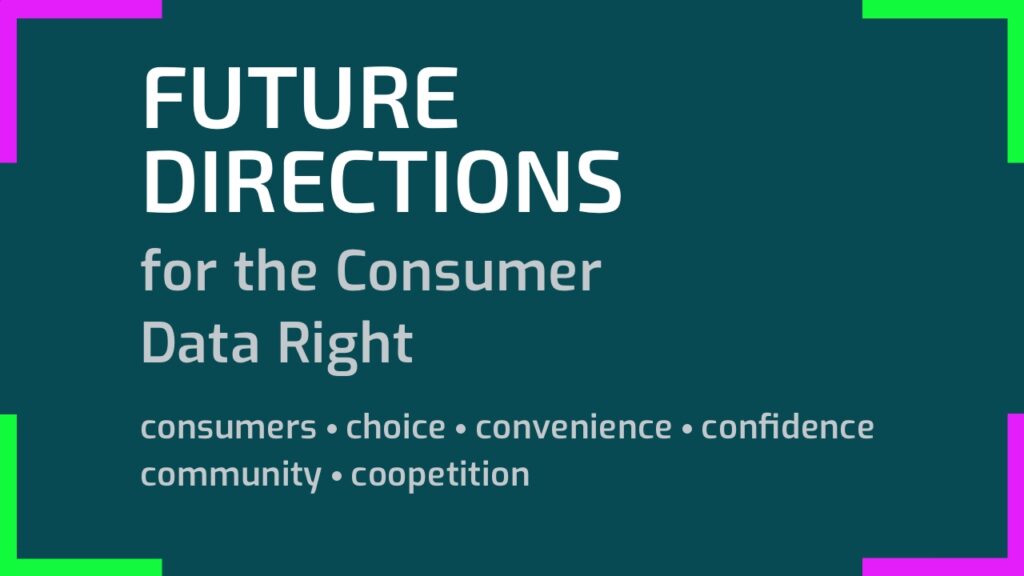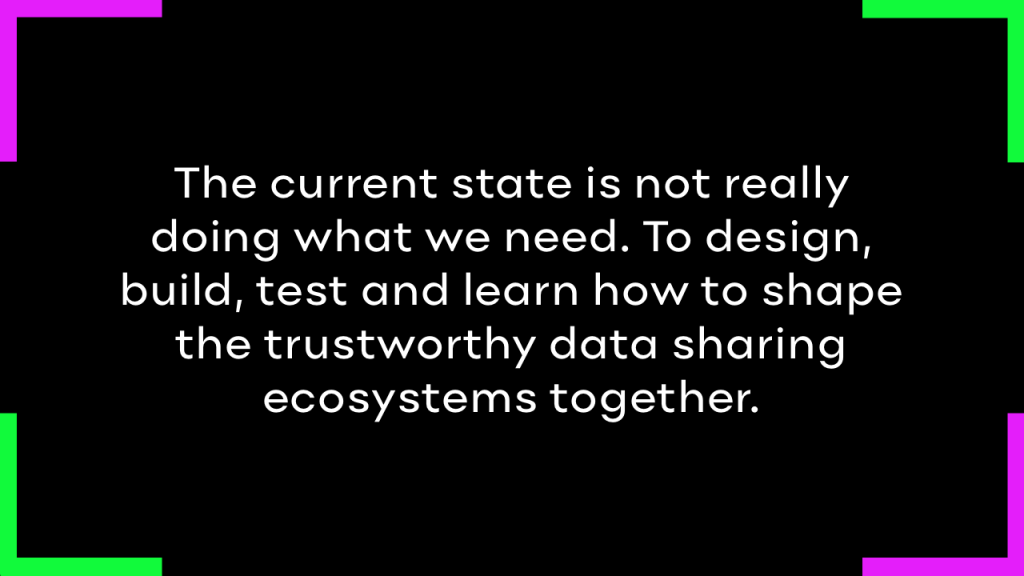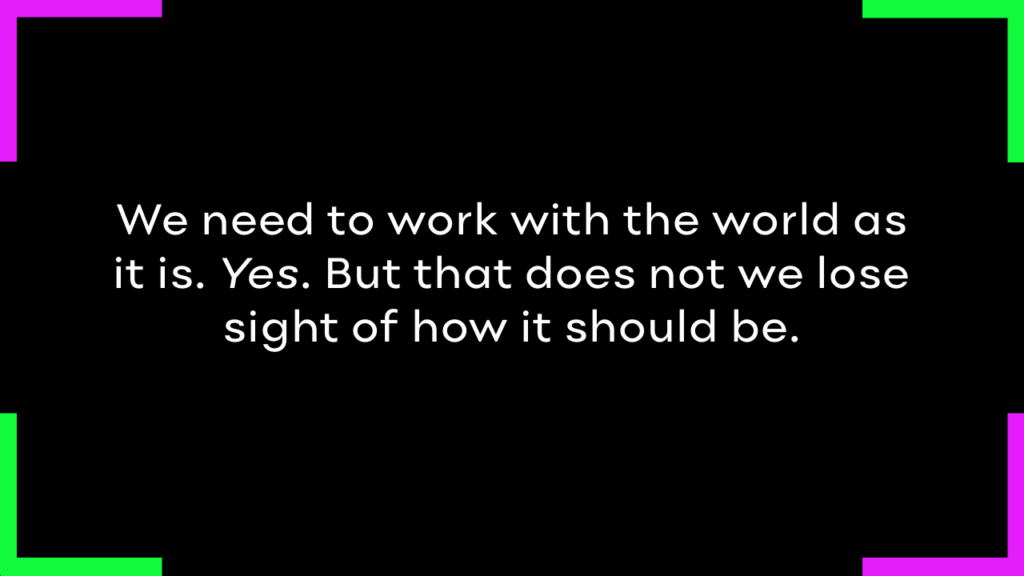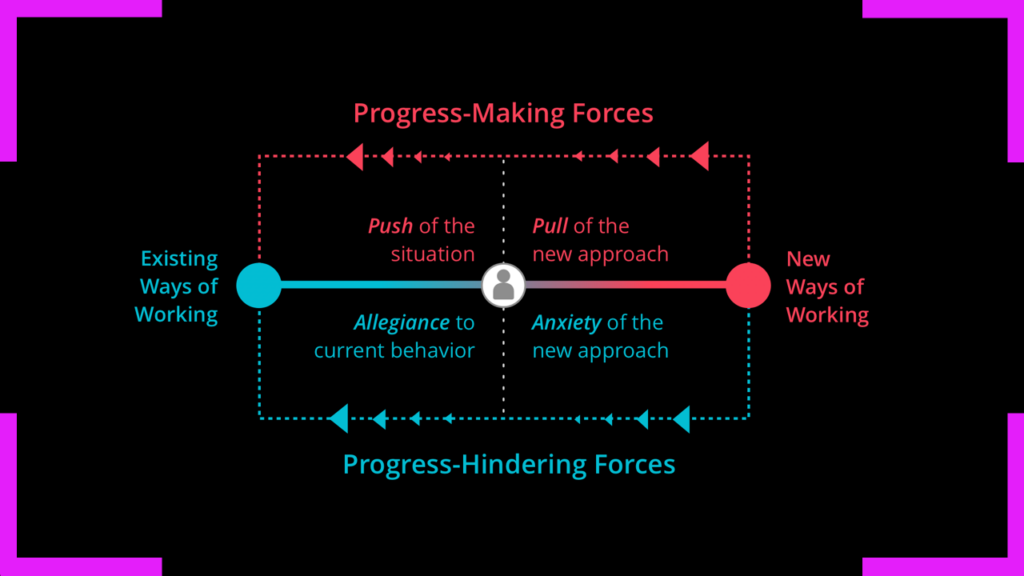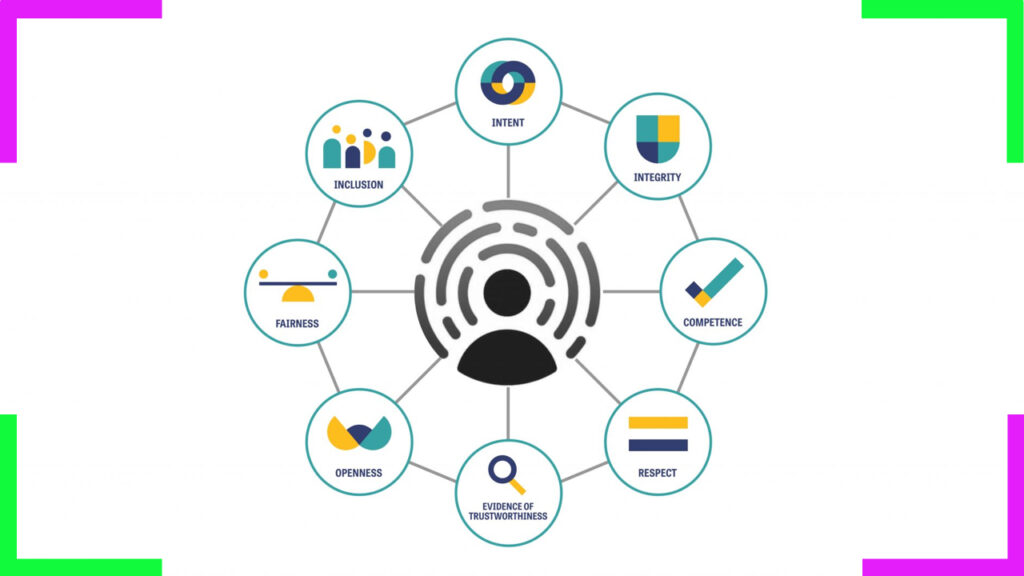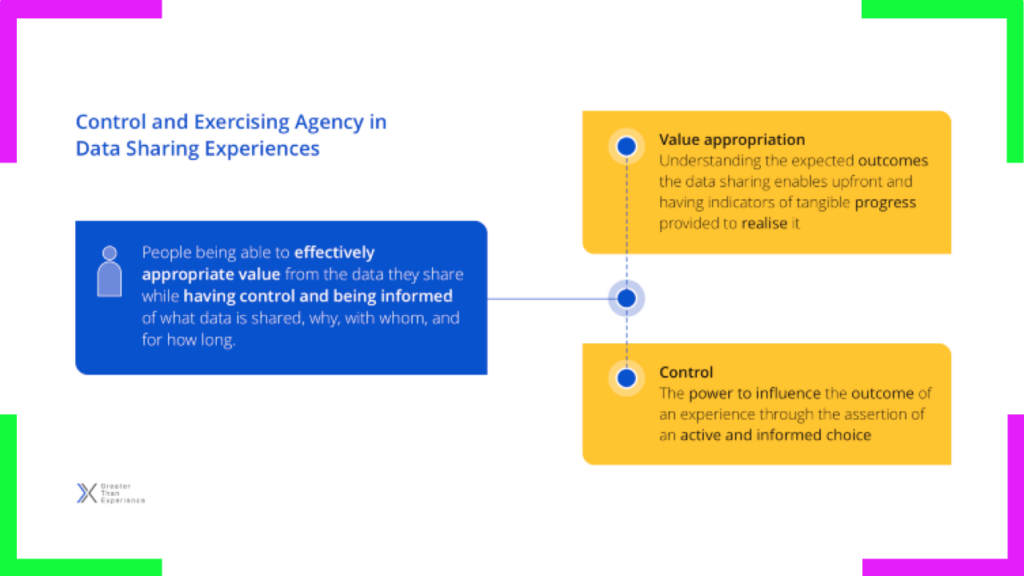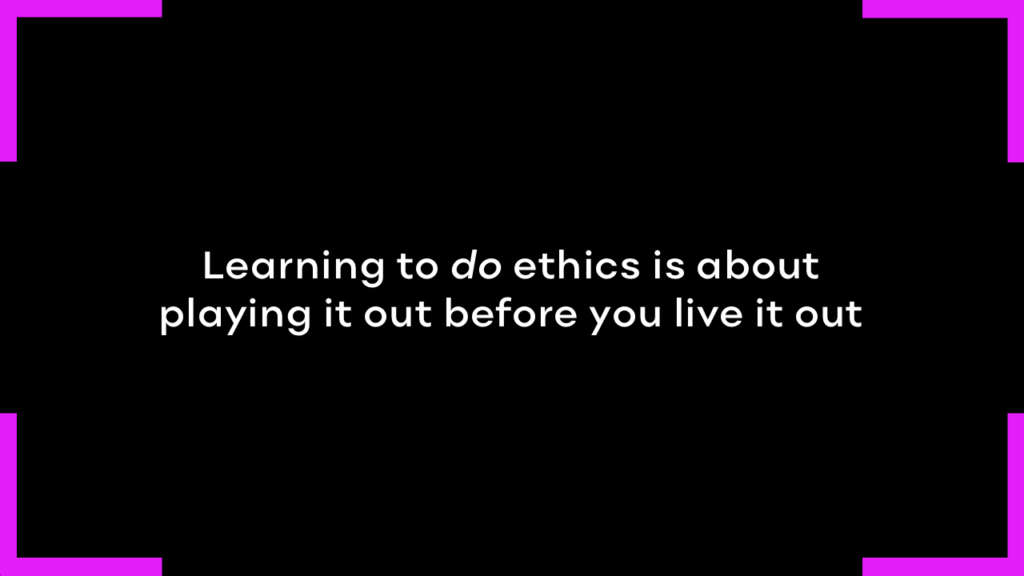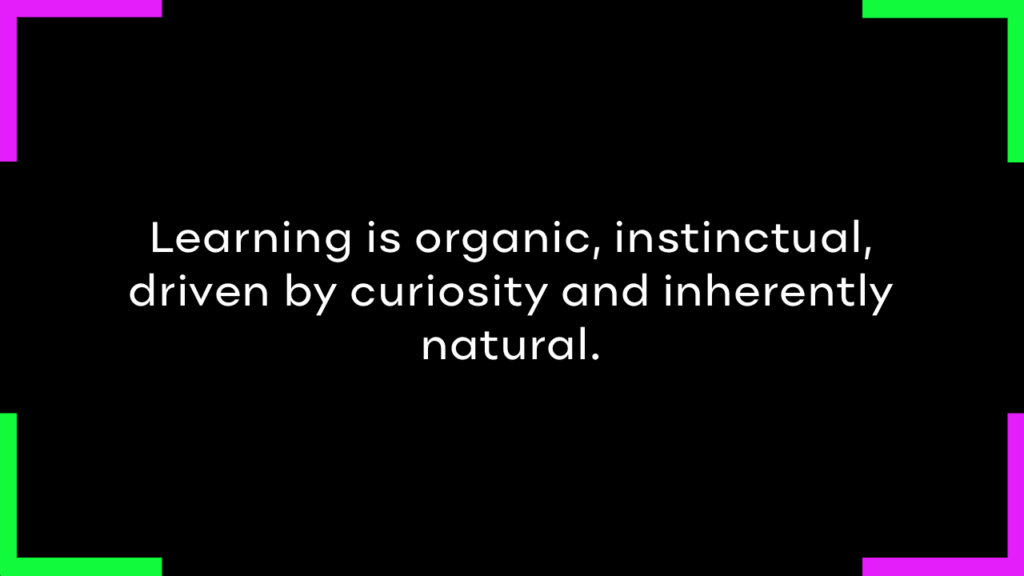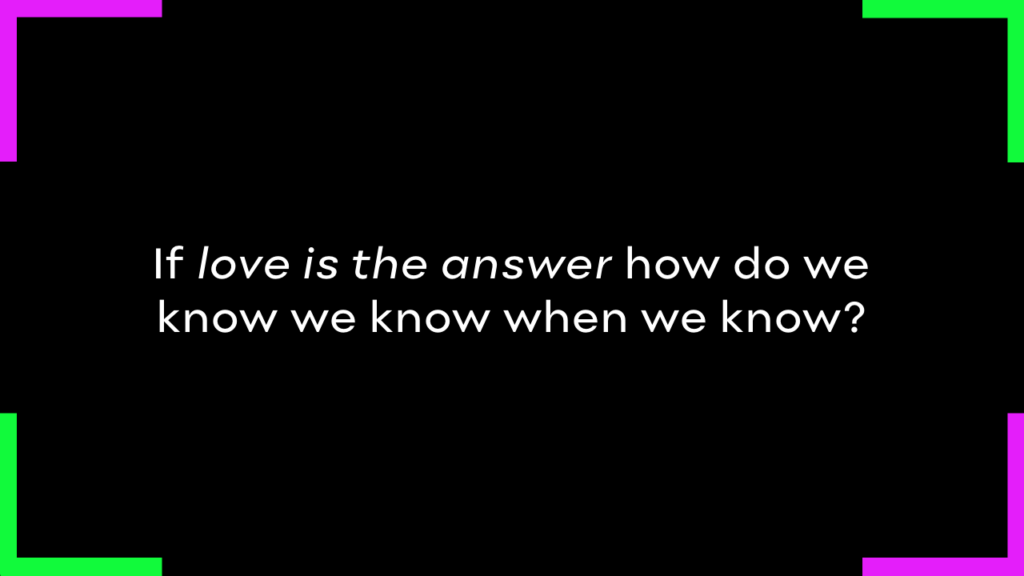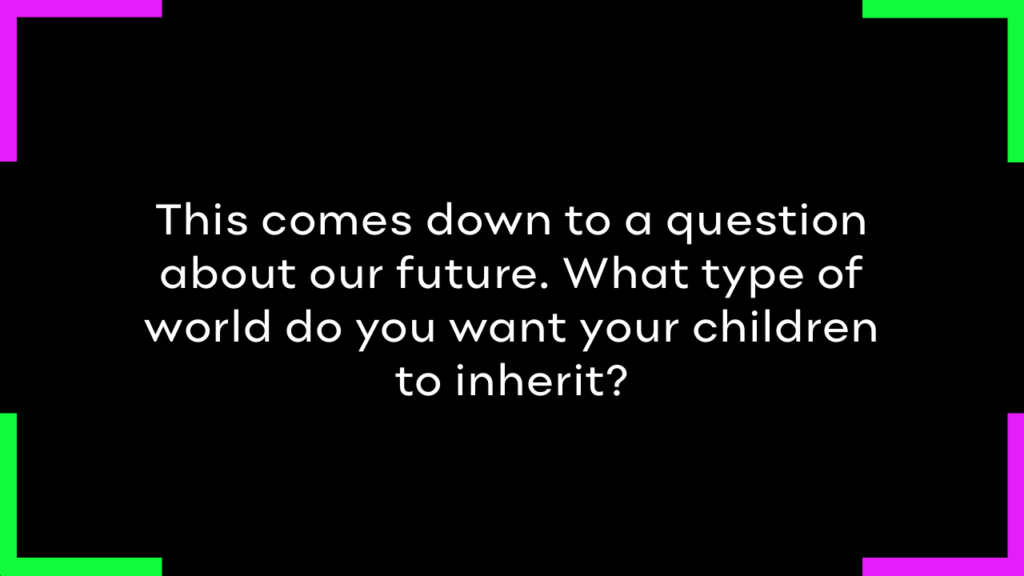It was few days before the planned start of the occupation on October the 15th 2011. Just a little over 10 years as I write this. I’d been busy working in my warehouse office space. Getting client work done. Exploring data privacy for journalists and activists and creating protest posters. I was waiting for a call from the community radio station 2SER. Interviewing me on why I was going to Occupy. Anticipating what the radio show host would ask I knew I had to speak from the heart. As always, I did.
The movement had been brewing for sometime. Uprising in Tunisia and the Arab Spring. Occupy Wall Street was already in motion. People in cities around the world were planning to occupy public spaces. There was a wide call for persistent non-violent civil disobedience. Coming from a ground swelling of frustration. The sense of disenfranchisement building for many, many years. It’s always hard to pinpoint these things. It’s never one trigger but an aggregate of many. Partly catalysed by the massive transfer of wealth that happened after the crisis in 2008. The bank bail outs and golden parachutes. The public money socialising the losses caused by greed, collusion and corruption. People were fed up. I was fed up. Enough was enough. We would occupy.
Occupying
The march started on the traditional route of many a protest. From Sydney Townhall up to Macquarie Street to start the occupation in the space out the front of the Reserve Bank of Australia. A symbol of the institution at the crux of much of the reasons for the Occupy Movement. Central Banking.
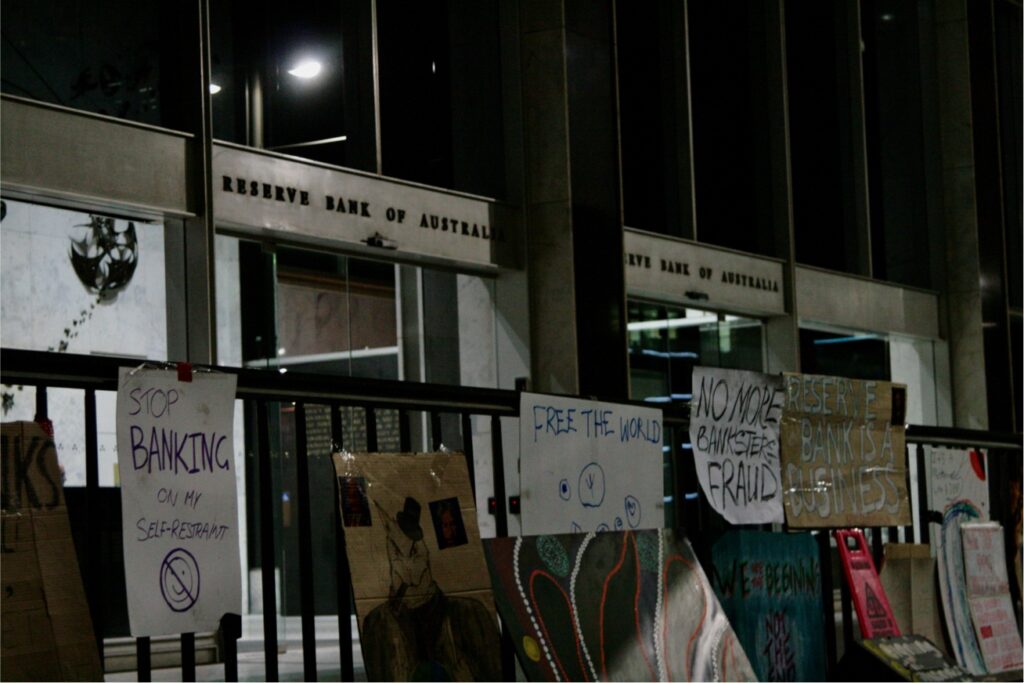
The first day of the protest had large numbers. These are always hard to guess but it ranges from 5000-10,000. These numbers are generally downplayed by media and politicians. And sometime exaggerated by protestors. But that is besides the point. There were people from many backgrounds, ethnicities and political persuasions. Doctors, nurses and construction workers. Teachers, scientists, psychologists, students, lawyers, engineers and Sydney’s homeless. Small business owners, our indigenous communities and journalists. A rainbow of diversity from all walks of life. There were speeches from indigenous leaders, union organisers and the economist Steven Keen. But only about 100 people stayed to Occupy that first day.
People brought their sleeping bags and yoga mats. Makeshift kitchens were set up, feeding protesters and the homeless that are all too common in and around Martin Place. The financial centre of the Aisa Pacific. Wealth and poverty juxtaposed.
Daily general assemblies were established where we discussed, debated and decided on issues. How we’d organise ourselves, what we’d do, who’d be doing what and general decisions on how we’d progress as a movement. We’d setup a community library. People donated books and magazines. I’d brought loads of my own books that sadly got all put into a council garbage truck and destroyed. Reminiscent of other times in history with book burnings and knowledge destruction.
There were meditation classes and every morning some of us would wake up to give free hugs to the finance workers, lawyers that worked in this area. It was someone the odd person took up the offer on. The smiles afterwards are heart warming thinking about to this day.
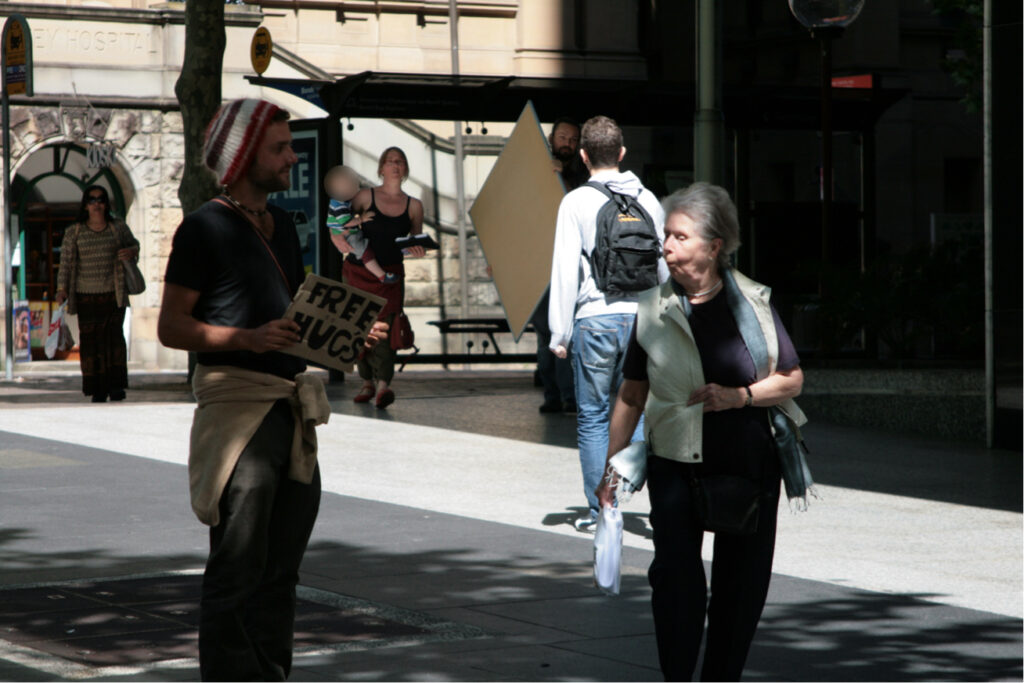
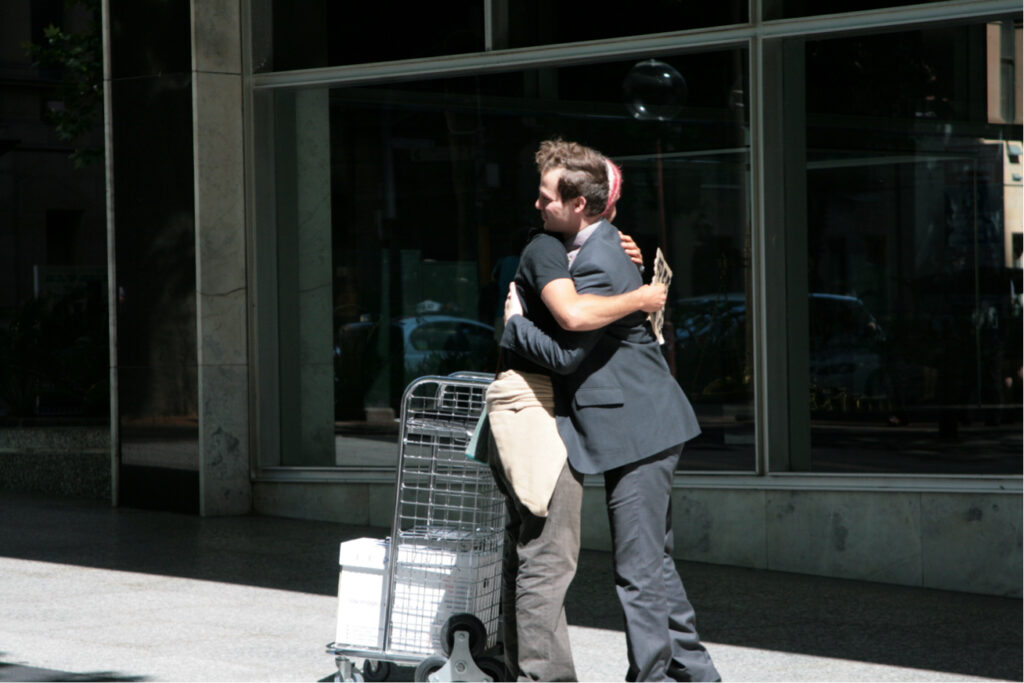
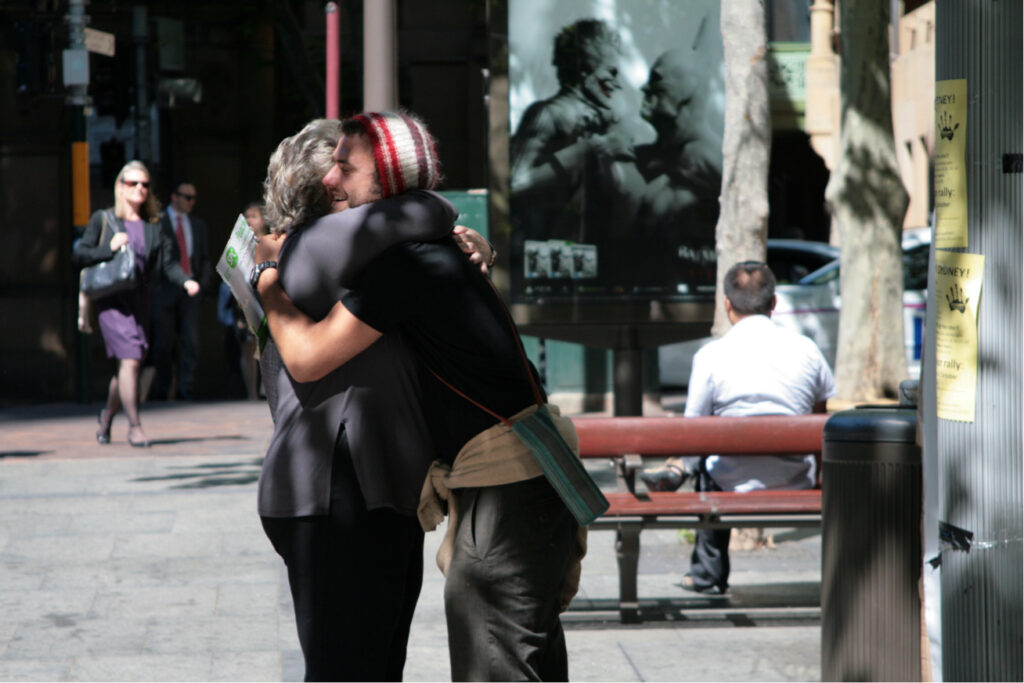
Open discussions were held everyday on key social issues. People walking by would listen in, sometimes joining the circles and getting involved.
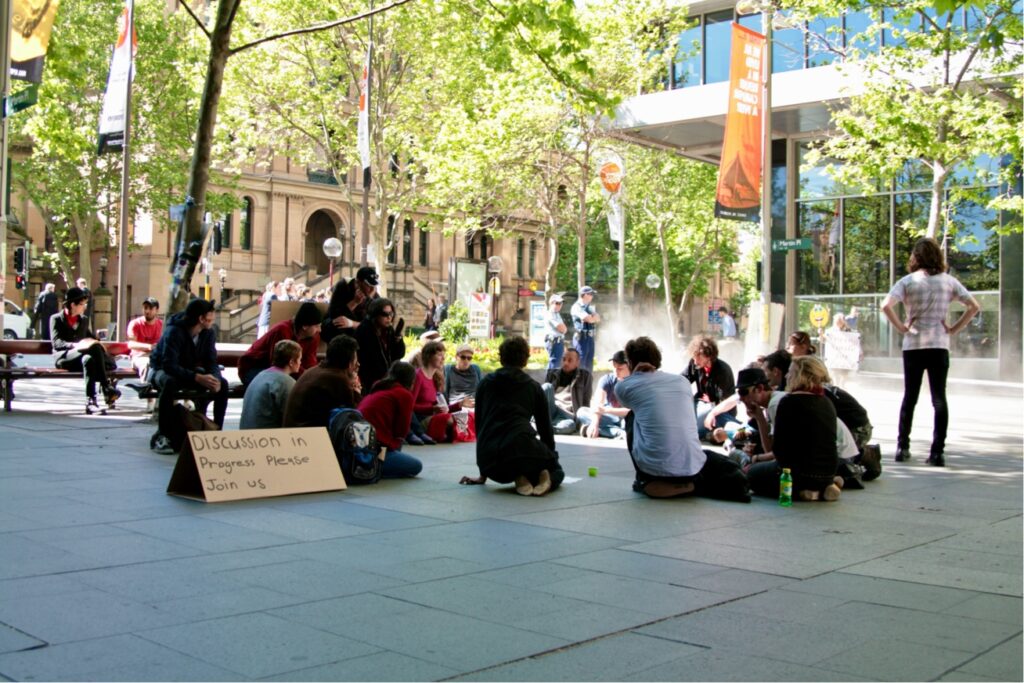
Music was being played, sticks and makeshift drums and acoustic guitars. My younger brother, a locksmith and security professional brought his guitar regularly. Free styling songs of freedom, social justice and shared humanity.
This is one of the songs he whipped up. Based on a discussion we’d had about us being privileged to actually be able to protest in this way.
There were many days were the police were friendly, engaging in political discussion. Being open and humble. Many of them agreeing with the sentiment of why we were protesting. Even occasionally having a laugh. Though many were not happy when they were being mocked in the regular performances.
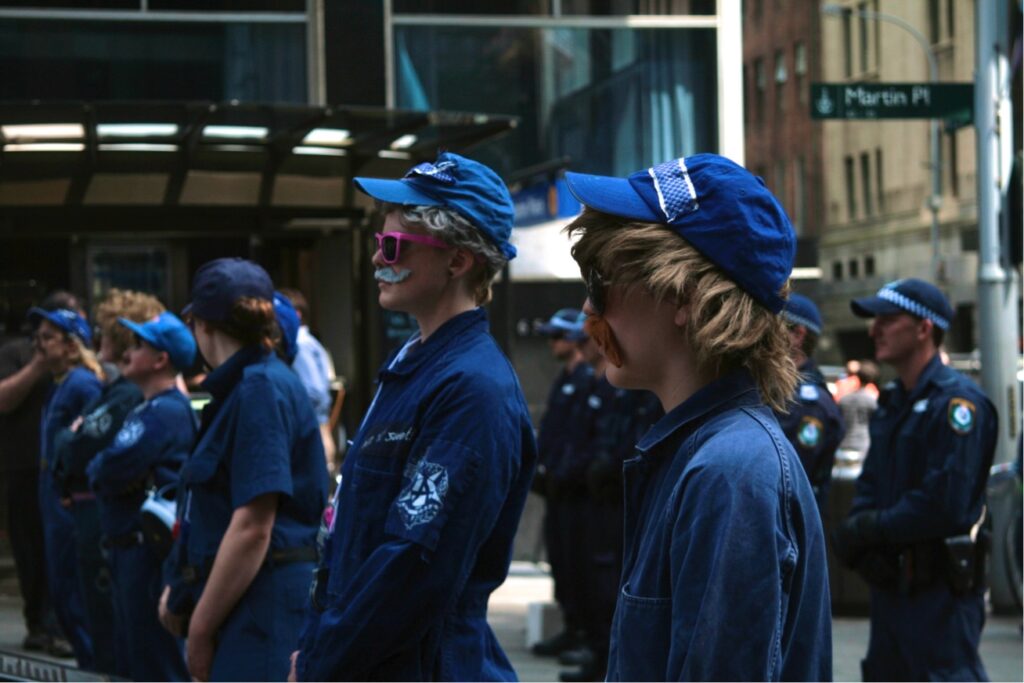
At other times the same people flipped. Like a Jekyll and Hyde. They have a job to do and do not question orders from above. So at times they were brutal and inhumane. I remember a woman being dragged by the hair and punched in the head by unbadged “officers” of the law. Nasty stuff. We submitted footage of this to media outlets. But no reporting was done. The “heavy handed” tactics were dismissed by the police chief. Ignored by the media. Business as usual.
There were ongoing arguments on the legality of the protest. With the police and council. It was obvious Sydney’s Mayor Clover Moore and the ‘powers that be’ wanted us out. It was a game of cat and mouse at first. There were council by-laws saying no camping allowed in Martin Place. They had us on some legality around erected structures. But we adapted.
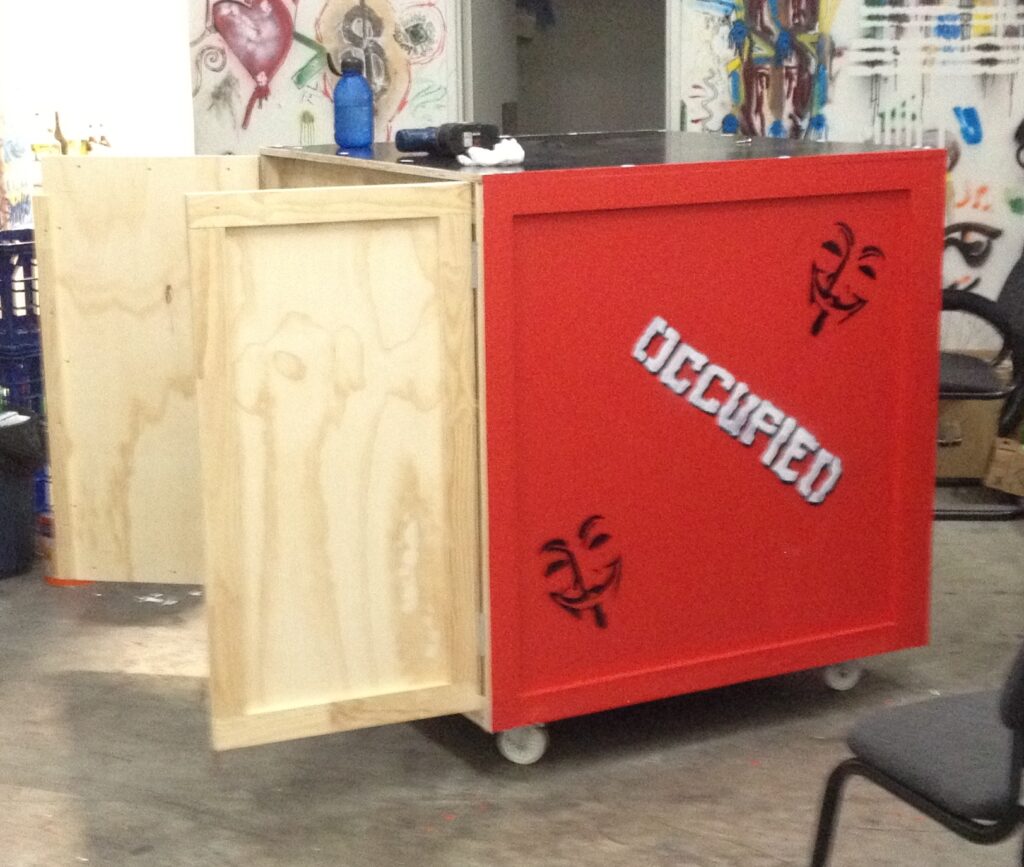
Eventually the force of the “law” won out and the main occupation dissipated. Though there was an ongoing presence and legal cases playing out for a few years.
What remained was the sense that this movement was not going away. It might not have reamined under the same name but it still is moving. Many people involved in the protests went back to their lives. Pursuing the changes they were seeking in other ways. Setting up community projects and social ventures. Continuing activism in different ways.
For me, the experiences left a mark. It influenced my perspective of social change. It reinforced the importance of data privacy and the pitfalls of centralisation of information and communications technologies. It made me realise how entrenched power structures are and how collusion and corruption is so systemic in our society. I’d experienced blatant corruption and collusion first hand before. Growing up in housing commission we knew the police did dodgy shit, lied and even broke the law themselves. We knew the council was working with property developers to stop a community centre from being built despite the community pressure and a petition from parents. While doing an investigative documentary in Papua New Guinea there was clear collusion and corruption. The IMF, Exim Bank of China, mining and fisheries companies, AusTrade, AusAid and the PNG politicians. The experience with Occupy reinforced this perspective. Witnessing the collision between corporates, bureaucrats and the police that are used to enforce their interests.
I’ve seen the same patterns in my work life throughout the 10 years since. Across various industries. But this is not news to you. We all know it. We call it by many names. Regulatory capture. Systemic corruption. The ol Military-Industrial-Complex and the same ‘complexes’ across big pharma, big tech, agri, medico and academia. You name it, it’s there. Like many festering wounds on our civilisation.
This has not deterred me from knowing that most people are wanting a better world. Better than what we have. But the world and the problems we are facing are complex. It’s not black and white. Good people do bad shit. Their situational context is important to understand why. But the messages and demands of the Occupy movement across the world reflected all this and more.
Complex problems and messages
The movement was criticised for having no agenda. No clear demands. No leadership. The requests from media pundits covering the occupation were looking for the vox pop. A short and concise message to fit into their editorials and opinion pieces. To frame the narrative according to their editorial agendas. But grassroots movements are sometimes messy. There were people with demands for ending systematic child abuse in the catholic church. People calling for an end to the destruction of our natural environment and the biosphere. The treatment and oppression of indigenous people. Housing affordability and homelessness. The socialist parties present claiming capitalism was the root cause of it all. People from various perspectives all sharing their views on what was wrong. The “journalists” that came to interview got a different message depending on who they talked to.
There were requests for what our demands were. Like we were some type of terrorist organisation. The reality is that people protesting are sometimes labeled in this way. Even “anti-terror” laws can be used to frame people us “unlawful combatants”. 10 years on the world is even further down this path. Being a real journalist, whistleblower or person with a platform speaking truth to power is very dangerous. To your life and liberties.
So because the messages were complex, varied and not easily conveyed by “one leader” the movement was easily dismissed. But there were very, very consistent messages. End corruption and collusion at the heart of politics and big business. Prioritise human life and the health of our biosphere above the economy. That was pretty clear. And really, even the police frequenting the occupation agreed. It’s hard to find people that don’t. Apart from maybe some of the sociopaths in power that desire nothing more sweeter than control over others.
Then it also came down to clear plans on how address the problems and actually implement change. This also varied based on who you spoke to. Some people had clarity. Others had none. It was a spectrum that meant the message was messy to convey as a movement. This is not unusual. A perennial problem that pervaded politics, social movements and business. We have a picture of what we want to change and why. Tension, conflict and disagreement get in the way often. Patience in the consensus building process is rare.
But the demands had a theme. That was clear.
Similar demands are still at the heart of many social movements now. End corruption and collusion at the heart of politics and big business. Prioritise human life and the health of our biosphere above the economy.
What is also consistent is what happens in crisis. The wealth transfer of the 2008 crisis is similar to what has happened with the pandemic. Richer getting richer, poorer getting poorer. Billionaires adding billions, more bail outs of companies…sounds familiar doesn’t it?
Some label this crisis capitalism. Yes, there are many ways to label it. But, regardless, we gotta figure out together how to end it. Crisis are used to buttress the foundation of power not liberate people from their chains. Maybe there’s a meme for that coming…
Memes and culture jamming
The Occupy movement was built around memes. A sidetrack to get a little academic, memetics is not about your average internet meme. Though related. The word meme was coined by Richard Dawkins in his book “The Selfish Gene”. He argued that a meme was a unit of human cultural meaning, where replication happened in a way that was similar to that of a gene. So memetics looks at how information carries meaning and how this meaning evolves based on environmental forces with each replication. We see this with internet memes and their replication. So back to it now…
The whole Occupy movement was filled with memes and had some origins with the Canadian culture-jamming firm Adbusters.
Using billboard and advertising messages and subverting them to mean something different. Usually as satire or political and social commentary. An example of the Westpac bank logo which was the building across the arcade from the Reserve Bank Of Australia.
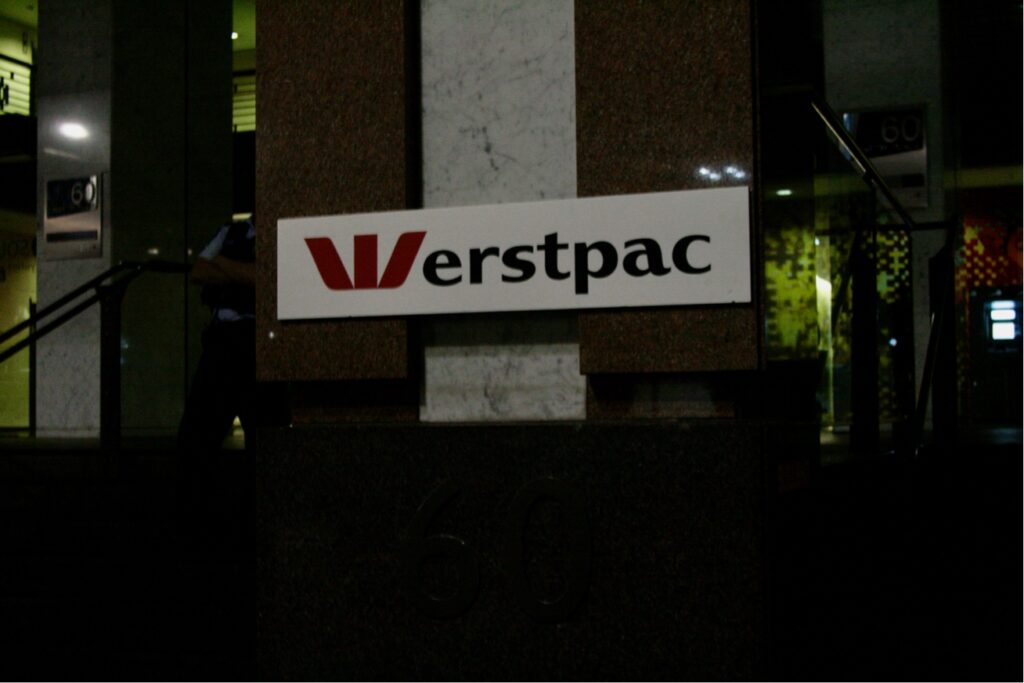
“Occupy” it self was replicated and evolved from the meme of colonialism. Many internet memes were spawned from this.
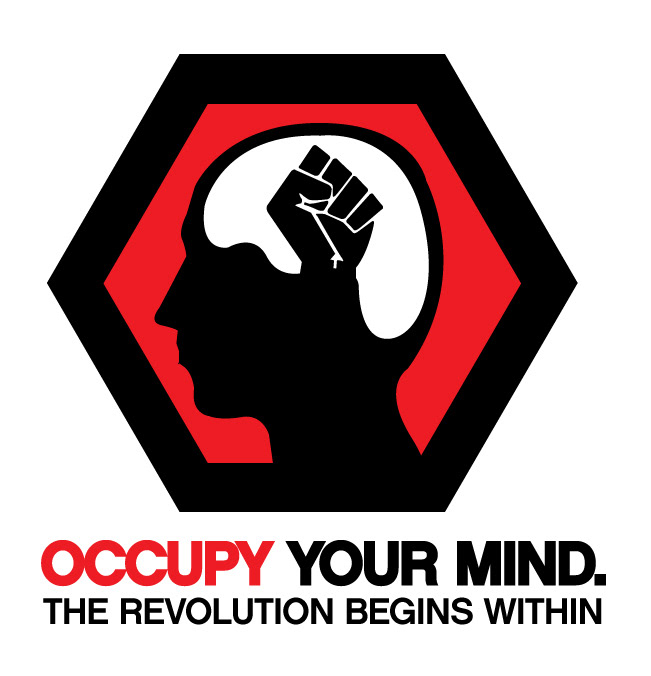
The 99% vs the 1% was a meme. Though very divisive and maybe statistically inaccurate it carried a story with it. It was something that was used in messaging a great deal for the movement.
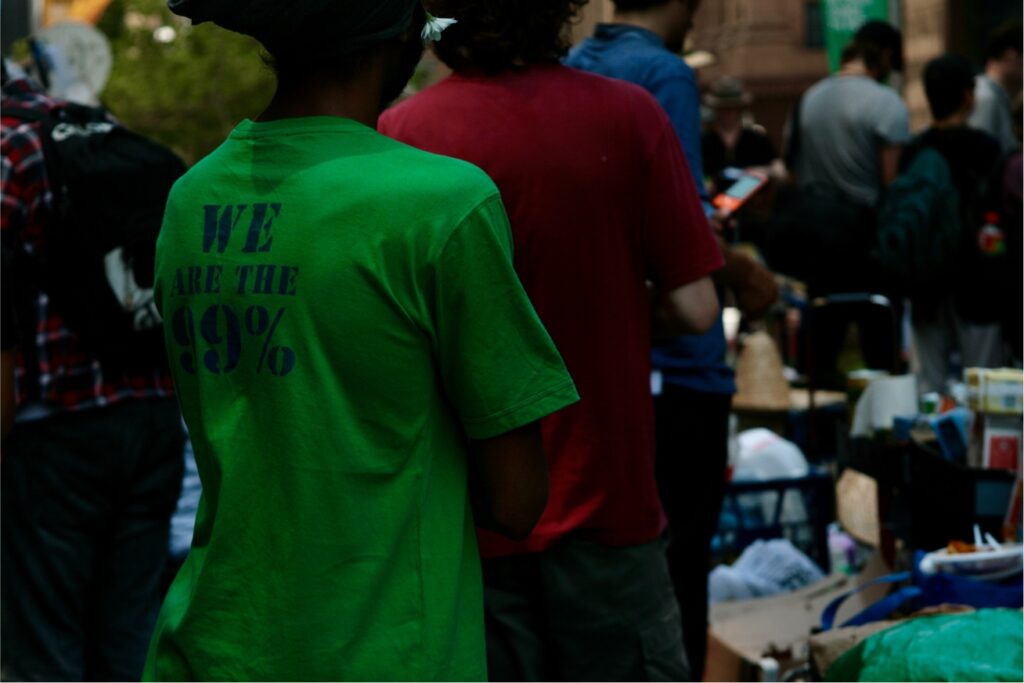
The Guy Fawks masks and stencils and more. All used to convey meaning for the movement.
They all change over time. They are free and flowing, digital and physical. Working in and through our channels of communication and psyche. Carrying meaning and evolving with each replication.
But we know the means of communications through which our stories move is a battle ground too. The big tech platforms, media companies and algorithmic overlords can subvert meaning. Shaping it to meet the agenda of the highest and most powerful bidder. It’s a battle of narratives. As it has always been. The tools to create stories can empower us but can also be used to trap us in binaries. Dividing people and whole nations. Powerful stories shape our perception, sense of meaning and behaviour. Like the food you put into your body, the information you put into your mind matters too.
One of my favourite bloggers and rebel writers Caitlin Johnstone talks about this as the Narrative Matrix. Where the dissonance between the dominant narratives and what matter for our lives is threatening our existence. I recommend checking out her work.
There’s also a great book I read a few years back called Memes to Movements by An Xiao Mina. Worthwhile reading to understand how internet memes are core to modern day social movements.
Social movements and change
One thing that was really valuable for me was to see how complex these types of movements are first hand. Particularly when there are complex agendas and a wide range of issues trying to be addressed.
The social movements of history show critical mass is needed for change to be truly catalysed. The work of Erica Chenoweth shows some patterns here with the 3.5% “rule”. But for how long does non-violent civil disobedience need to persist? If we take the 3.5% rule as a guide, and look at the population of Aus, this would be almost 1 million people. Now I would bet if there were that number of people occupying cities across Australia for months on end the outcome would be different. But this is just not feasible. That level of commitment to change and persistence of effort is very unlikely in Australia. Unless our social, political and economic conditions deteriorated significantly. The same can be said for most other countries. Most people are reasonably comfortable even if not very satisfied with policies and politics.
So as the saying goes shit has to get pretty bad before it gets much better. But that doesn’t mean progressive and incremental positive change isn’t worth it. We can continue with grassroots change. Continue doing our best to hold our political and business leaders to account. Support real journalism and have open, honest and hard conversations with each other.
But major paradigm shifts happen from and through crisis. We just gotta make sure we’re the ones that seize the opportunity.
What now?
The movement is not one label or meme. It’s a spectrum of many all over the world. An evolution of many memes. Many people, organisations, networks, creators, makers and hackers. Social entrepreneurs, civil rights advocates, citizen journalists and activists working towards the same ends in some way. Working to end corruption and collusion at the heart of politics and big business. Creating anew rather than trying to reform and reinforce the old. Co-designing new systems of living, learning and being that prioritise human life and the health of our biosphere.
Social movements are energy in motion. They are stories constantly evolving. A focus on persistent non-violent civil disobedience will continue. Movements will ramp up in momentum. They will reach a critical mass and the world will go through a paradigm shift. It will happen slowly, then suddenly. But it is happening.
Long live the memes of Occupy.

